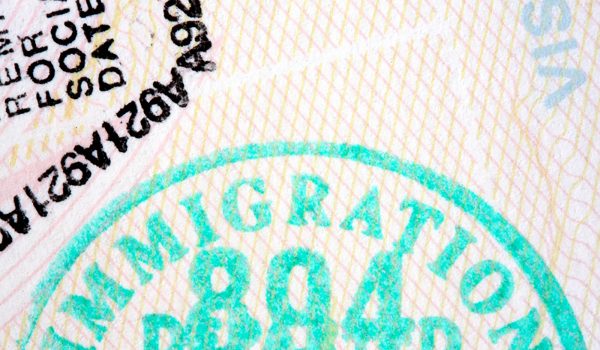On June 18, the U.S. Supreme Court issued a decision blocking the Trump administration’s attempt to end the Deferred Action for Childhood Arrivals program (“DACA”), thus protecting approximately 700,000 immigrants in the U.S. commonly referred to as the “Dreamers.”
The DACA program was initiated by executive order of President Barack Obama in 2012. The program permits persons to register under the DACA program who:
- were brought to the U.S. illegally as children prior to June 2007,
- have subsequently lived their entire lives in the U.S.,
- meet certain criteria related to continuing education, and
- avoid any significant criminal record.
The government will voluntarily not deport DACA recipients, and DACA recipients are eligible for lawful work authorization in two-year increments. The program allowed DACA recipients to legally work, pay taxes, and enjoy a measure of security in the only society they have ever known. DACA was a discretionary exercise of President Obama’s executive authority; it was not a new law passed by Congress or a regulation put into place by a government agency.
DACA recipients have no path to permanent resident status (a green card) or citizenship. They are technically in the U.S. illegally, and in almost all cases have no viable path to “normalizing” their status under existing immigration law. The Development, Relief, and Education for Alien Minors (“DREAM”) Act was a Congressional bill that would have provided a path to residency and citizenship for DACA recipients, but it was repeatedly blocked by Republicans in Congress.
In 2017, the Trump administration announced it would end the DACA program. Once recipients’ existing work authorization ended, they would not be eligible to renew, and could be deported. Legal challenges to the end of DACA resulted in federal courts ordering the program to continue while litigation challenging the administration’s action wound its way through the courts. The U.S. Supreme Court ultimately agreed to hear the case.
The Supreme Court ruled the action cancelling DACA was arbitrary and capricious in violation of the Administrative Procedures Act (“APA”). The APA provides that many executive branch actions and rulemaking must follow certain procedures or else they are invalid, among those being that the administration must provide a reasonable rationale for the decisions it makes. The court held, in essence, that the administration had provided a rationale for withdrawing employment authorization and other benefits from DACA recipients, but had provided no rationale for withdrawing the moratorium on deporting the 700,000+ Dreamers. The lack of rationale for removing a core feature of the program rendered the decision illegal under the APA. Chief Justice John Roberts’ majority opinion was careful to express no judgement as to the wisdom of the administration’s action.
While this provision provides Dreamers, and the U.S. businesses that employ them, with some measure of relief, they still face an uncertain future, as the Trump administration can still cancel the DACA program by simply complying with the APA requirements and providing a reasonable rationale for ending all aspects of the program.
For more information, please Matthew O. Wagner, or any attorney in Frost Brown Todd’s Immigration practice group.

